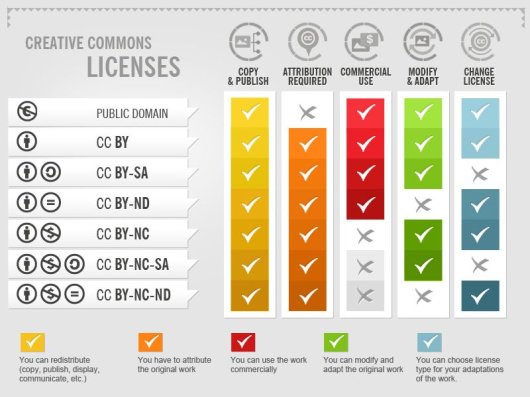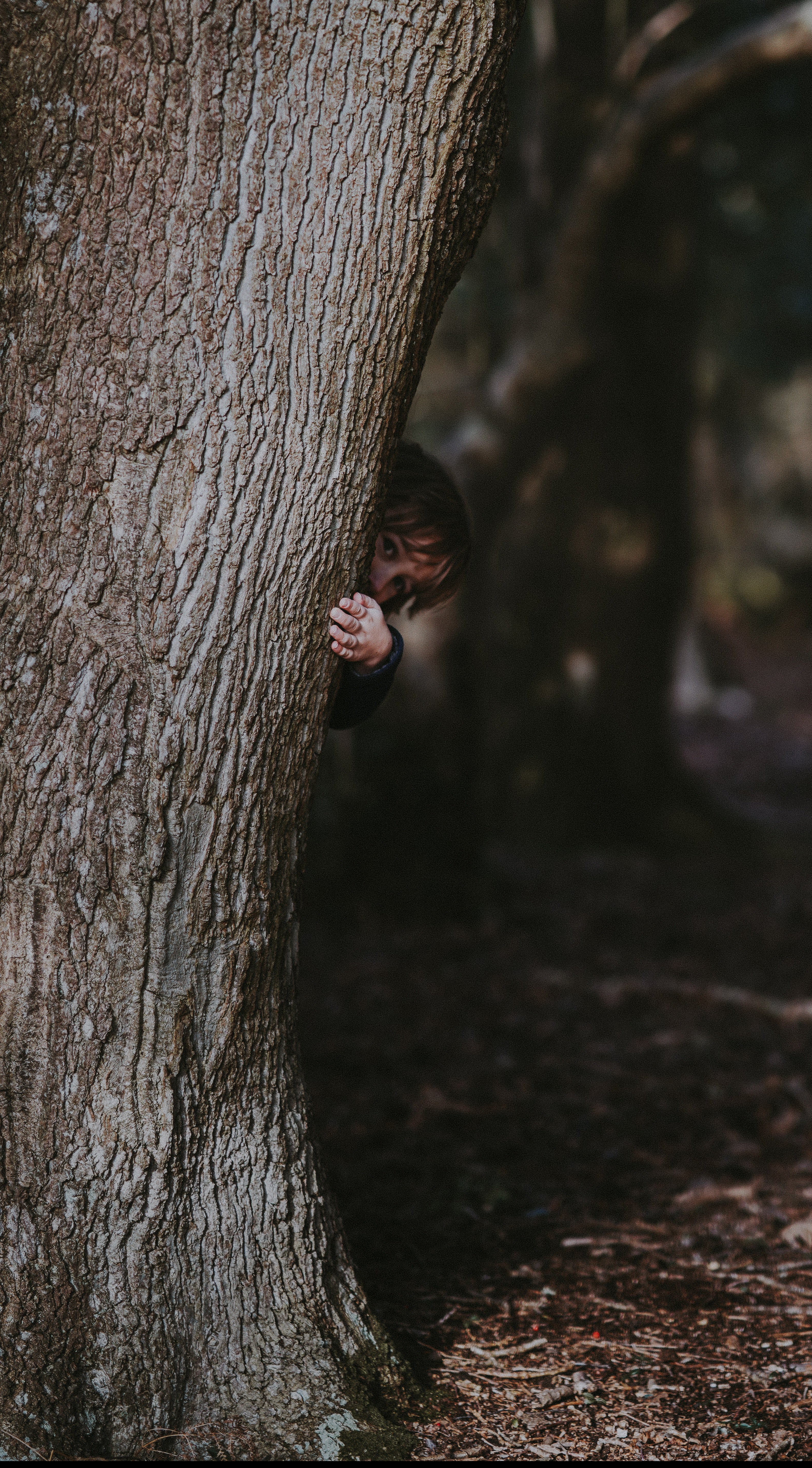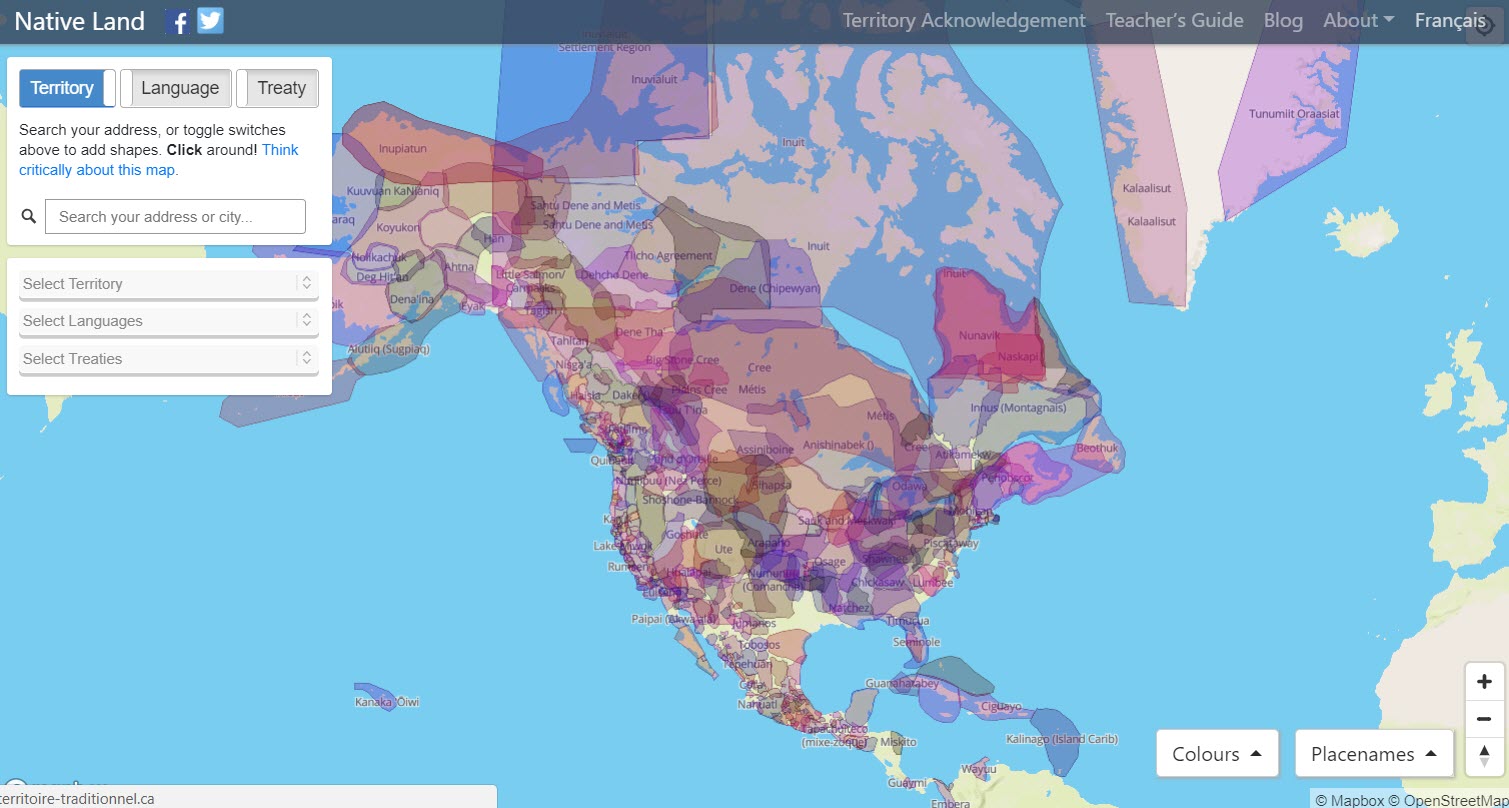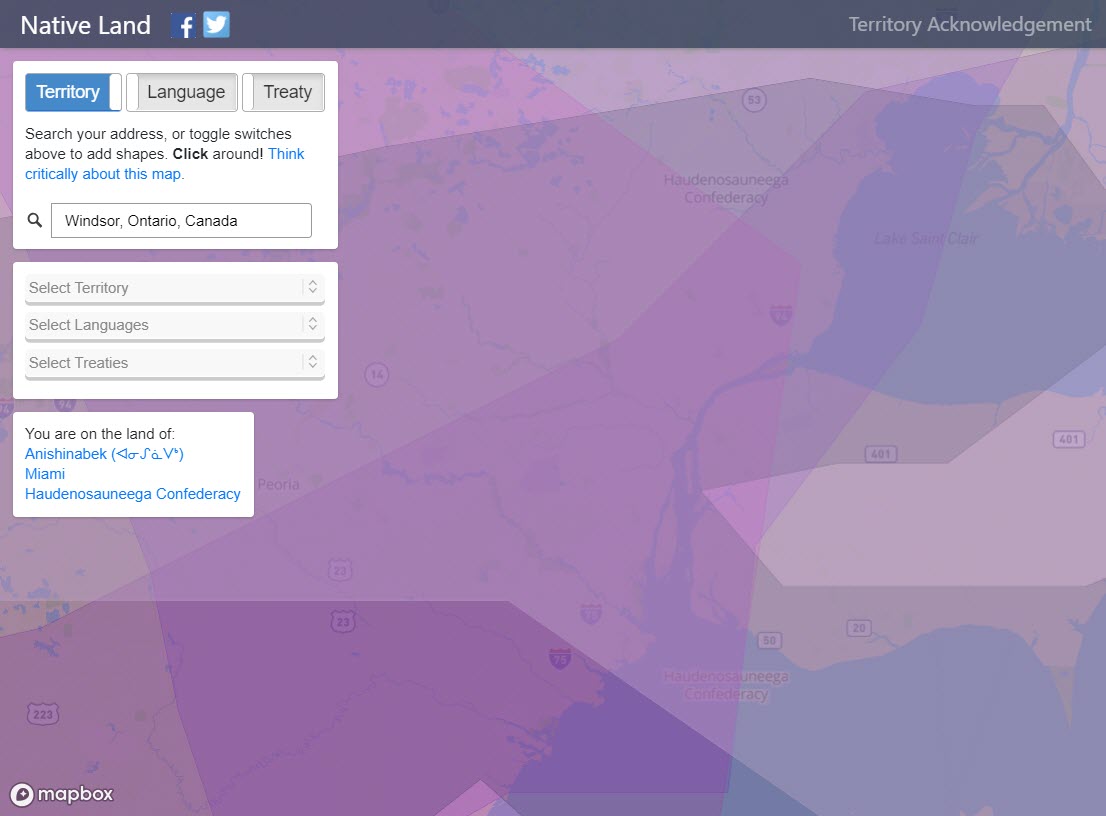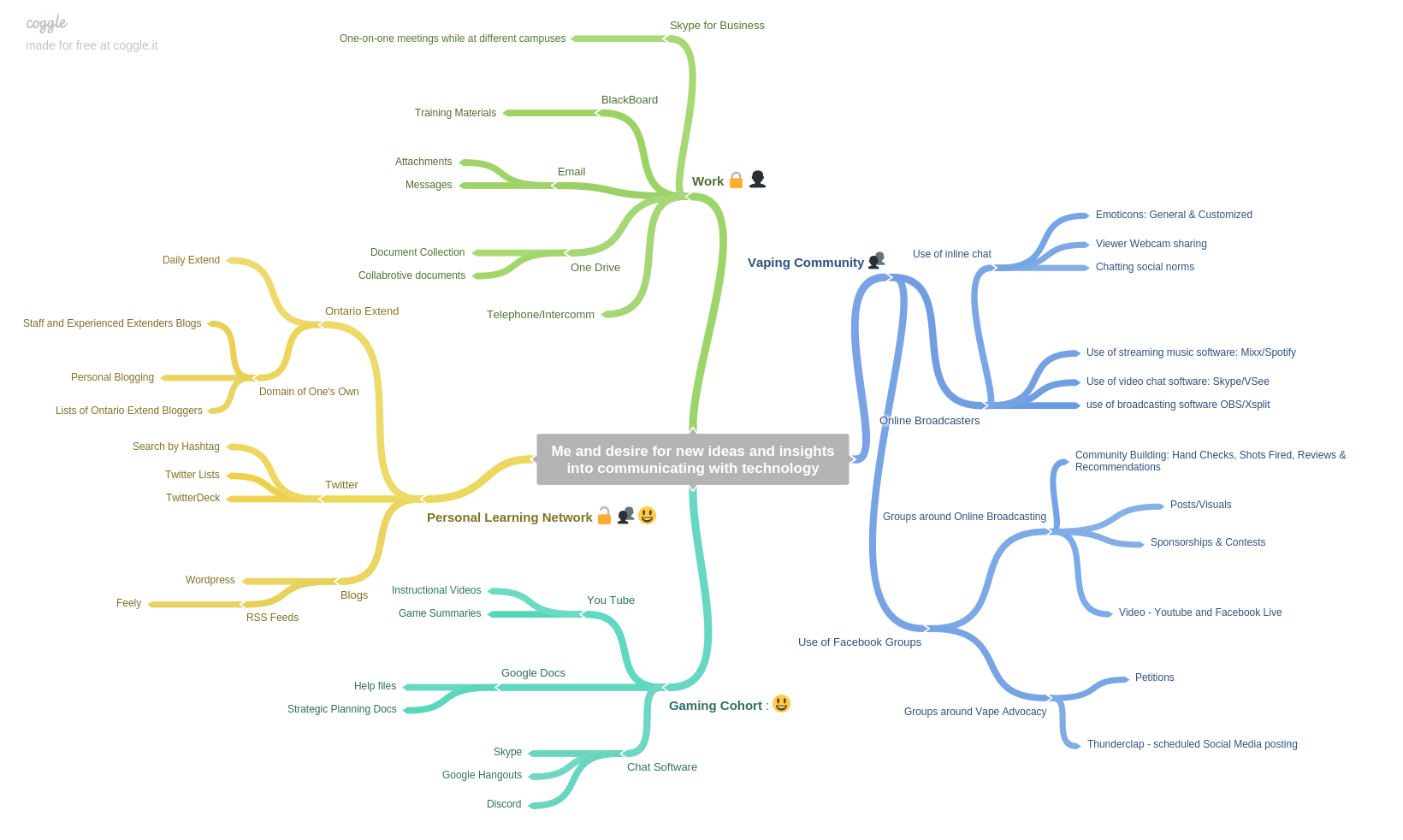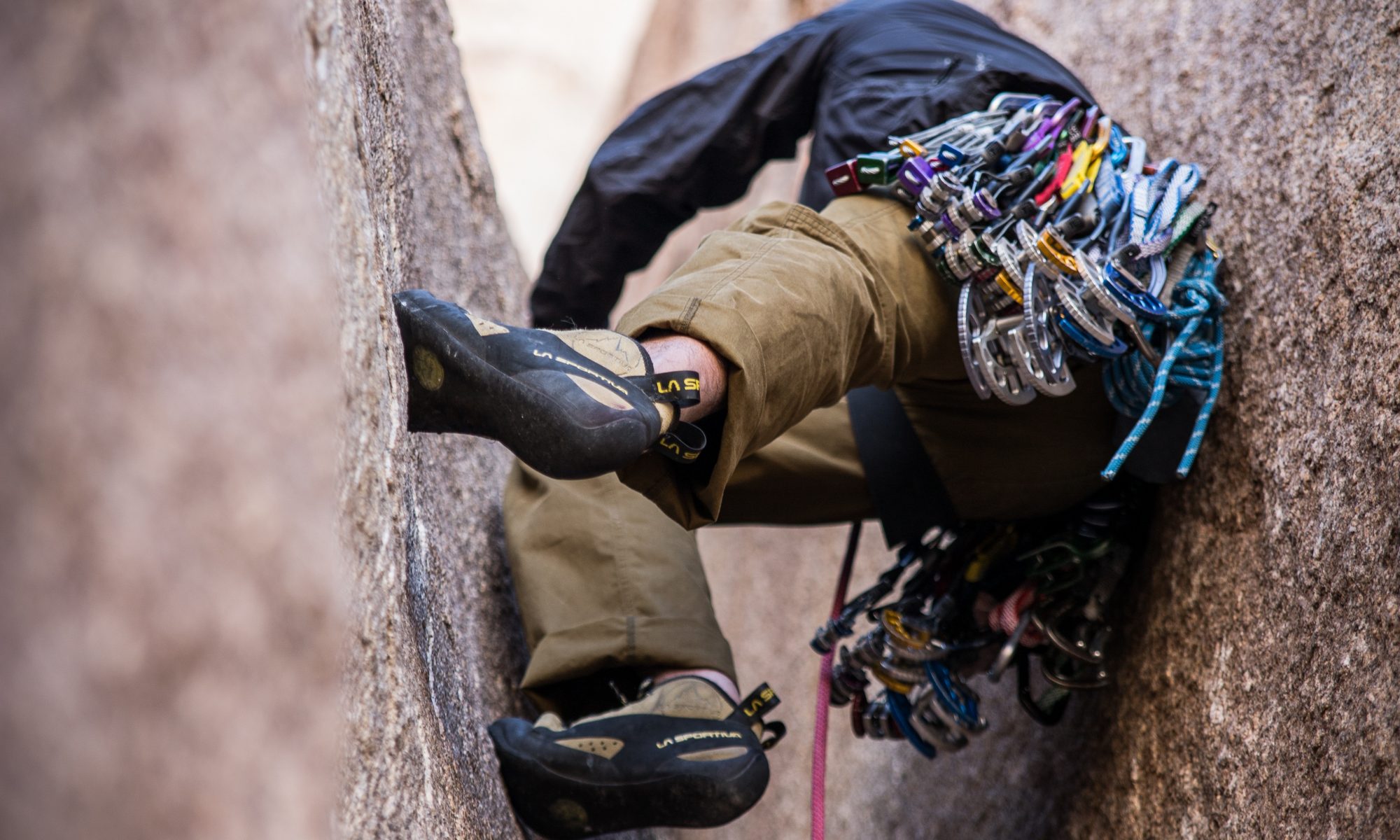On Thursday, December 20, 2018, we will be having our Fall Tutor Leadership day, a part day professional development seminar with two goals: continue to build a community for tutors and address emerging challenges tutors are facing in their practice. I am frantically trying to finish a pressbook with the tutors’ blogs for the OntarioExtend 9x9x25 challenge to use at the Leadership day and have decided to remove some of the suggestions about how to use the guide. I am going to let others decide for themselves how to use it, so I have moved some of the materials I thought about adding here:
Getting tutors to talk:
This section is a quick summary of ideas have used to increase discussion participation during meetings and training. It is a goal of our training to give tutors an opportunity to continue to build communication skills as well as to build relationships with staff and other tutors. Tutors can and should be a support to one another, be a source for answers to questions when staff are not immediately available and this process is improved when tutors begin to know each other and understand that they can learn from each other.
These first three ideas are from the Cult of Pedagogy, specifically Jennifer Gonzales’ 2015 blog post on Class Discussion ideas
Affinity Mapping
Affinity mapping begins with a big question. Tutors generate ideas and jot these on a post-it note, one per note. This notes are added to a wall or sheet with the question in no particular order. After many ideas have been added, tutors examine the notes and begin to group in to themes.
Snowball Discussion
Students start in groups of two to discuss a question and then join another group of two to have a discussion with four. These four can join another group of four, and so on. I like to use this technique with Think-Pair-Share instructions at the beginning.
Talk Moves
This technique appears to have been developed for elementary and secondary level students, however, I have found it gives tutors a model for having discussions about tutoring topics where opinions may differ and during early training sessions when some tutors may still be reluctant to join in. Talk moves gives up to five sentence models to use when adding to a discussion that requires the tutor to listen to another speaker and respond to what they have said.
Examples: I agree with what __________ said, because ________________. I want to add to what __________said, I think ________________. I disagree with __________________ because ______________. I have a connection to what ____________said. Can you explain your thinking?
A couple of my own ideas:
Introductions with crazy questions:
At the start of each training or meeting, I ask the tutors to give me their name, their program, a course they like to tutor and then I add a crazy question. The question is relatively risk free but revealing of the tutor as a person. I find these questions often lead to connections and other conversations between tutors.
Examples:
- What are you freakishly good at that has nothing to do with what you are studying?
- What is something you are proud of in the last year/ 6 months?
- What do you collect (as in have more than 3 of)?
- What is something you would like to learn to do?
Pick a card
Using a deck of playing cards, when the discussions first begin, I give a card from the deck to each tutors as they speak. I ask the tutors with a card to wait to answer gain until everyone has a card. Once everyone has a card, we use them again but this time, tutors can leave the card face down and turn them over when they have spoken. I have found this gives a representation of who has spoken and a gentle reminder that it is important to hear from everyone.
General Techniques:
Whether you are planning a one hour meeting or a day long event, there are a couple of techniques I use that have made the training better:
Name Tags:
Use name tags, it will not only help you remember everyone’s name but it makes it easier for tutors to learn each other’s names.
Burning Questions:
Before the session begins, hand out or have available some half sheets of paper and pens and invite tutors to write down their burning question. A burning question is that one that they hope you will cover or is foremost on their mind. I collect them and review during a break. This way I can address common questions or emerging issues even if they were not on my original agenda.
Parking Lot:
Before the meeting begins, set up a space on a whiteboard or use flip chart paper on the wall for your parking lot. Explain that is something comes up that can’t be addressed during the meeting, you will writing it in the parking lot and return to it if there is time or respond in some other way, such as be email. Sometimes, tutors have questions that require you to gather addition information or seek approval. Using a parking lot ensure that those matters are not lost.
Takeaways:
For longer sessions in particular, during the last 10 – 15 minutes, I like to ask tutors to write down a takeaway from the meeting, for example, something they learned and tape this on the wall. As the closing, I review some of the comments with the group.
How does this relate to the act of tutoring?
We ask tutors to where their name tags when meeting with students so that it is easier to identify who is a tutor in our lab space. We also encourage tutors to begin their sessions by asking their students what they would like to work on during their session together, what is their student’s burning question. The idea of the parking lot can also come up in a tutoring session when a tutor may need to gather additional information or when some other issue may need to be set aside so that the tutor and student can focus on the material at hand. And finally, we ask tutors to confirm student learning before the session is over, to ask for a summary of what the student has learned or now understands.








